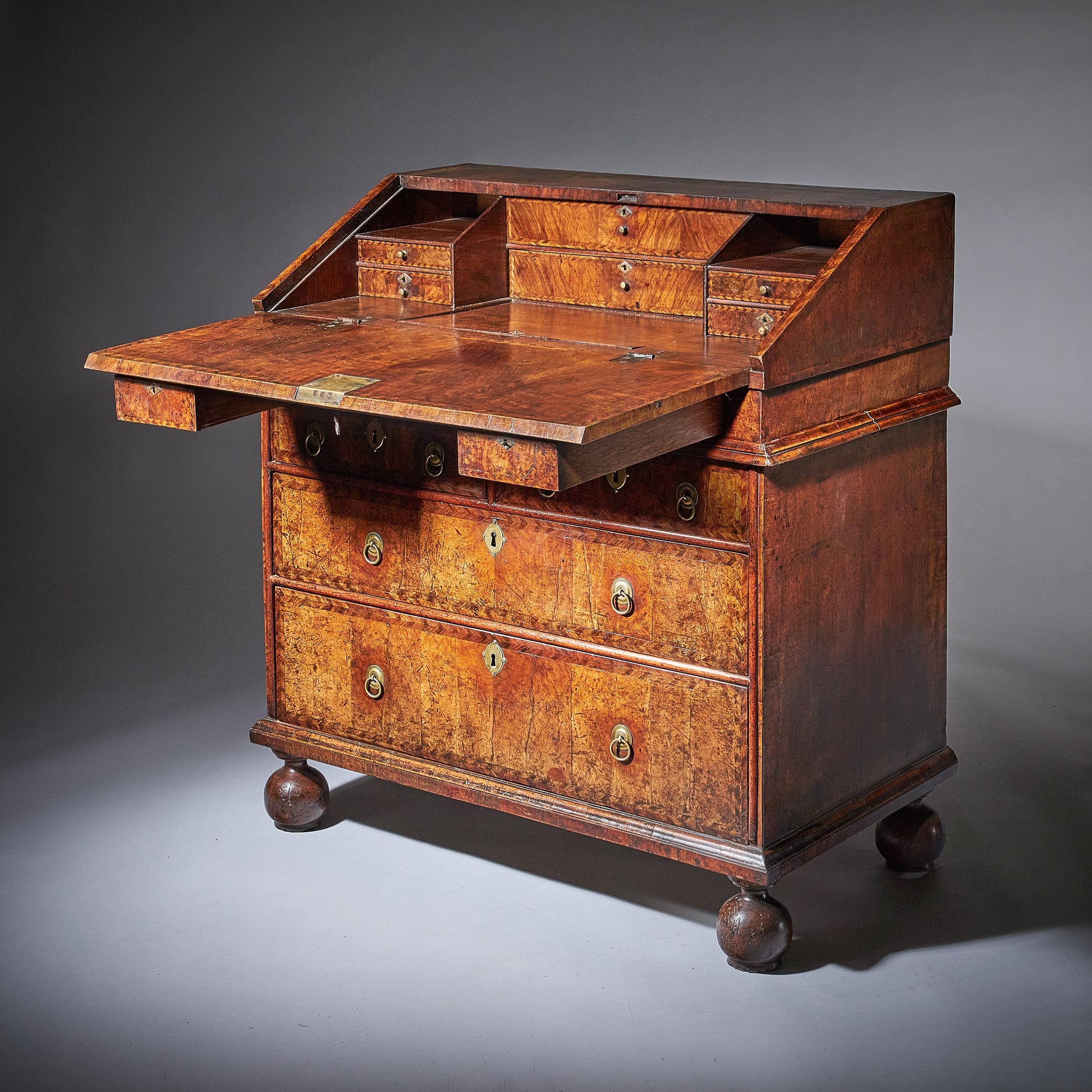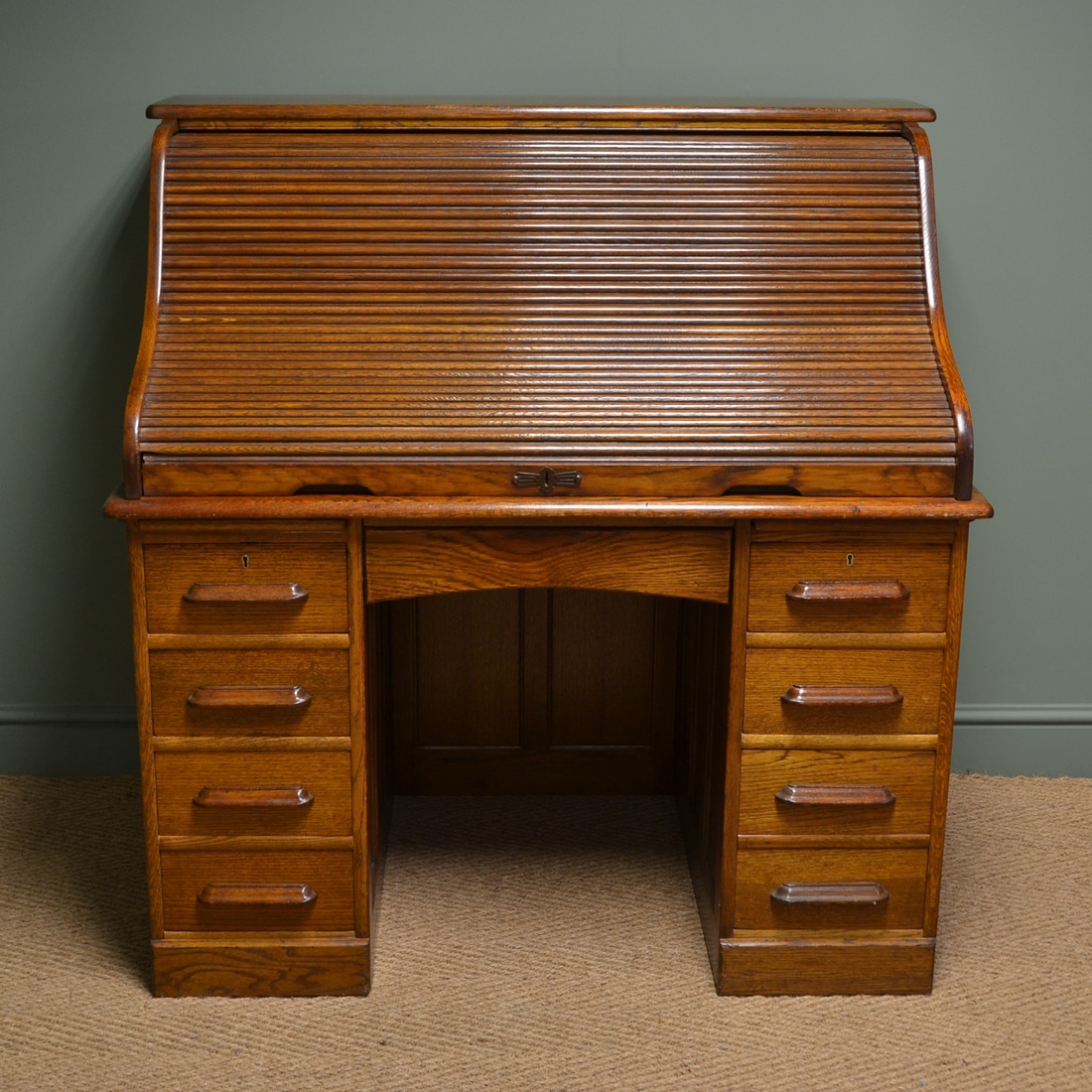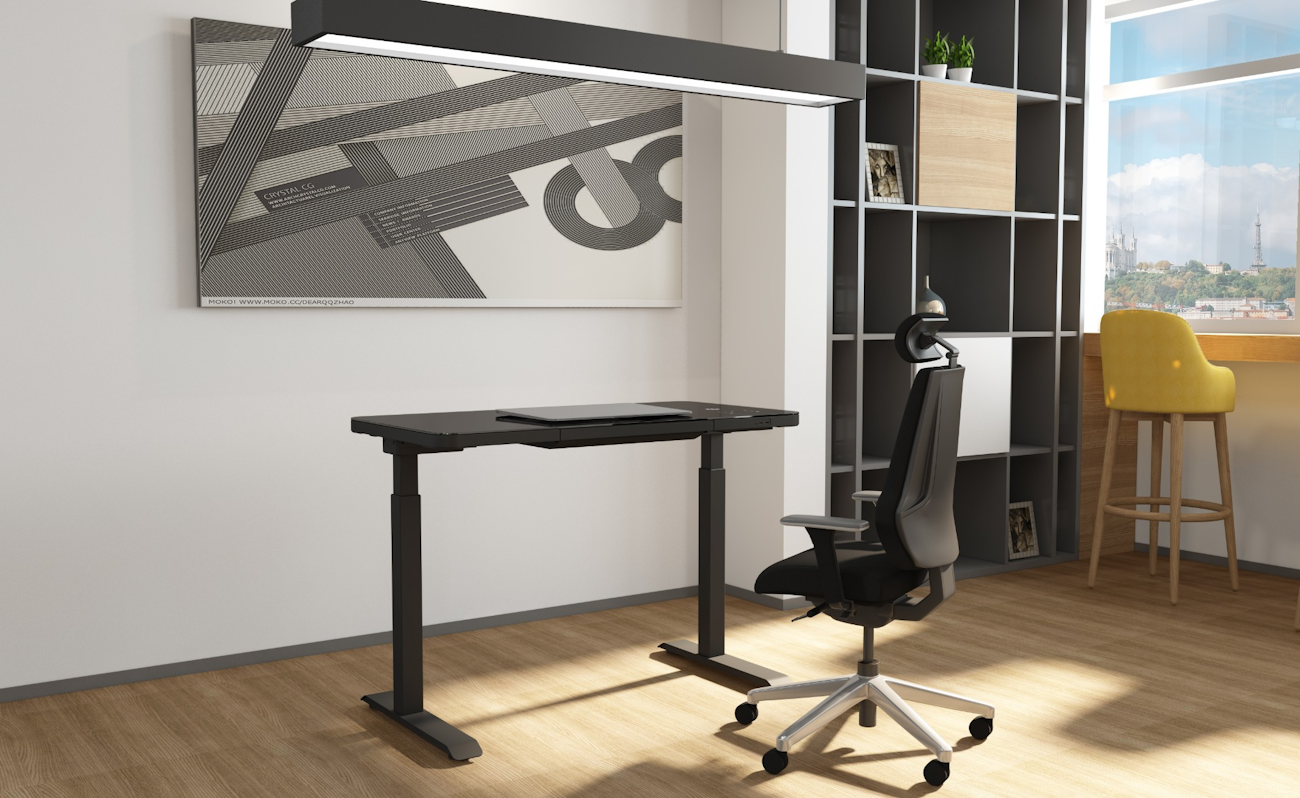Insights
The Evolution of the Office Desk

Did you know that the history of the office desk can actually be traced back to ancient civilisations? It’s true! The earliest known ‘desks’ were used by scribes in Ancient Egypt around 2000 BC. The desks were simple wooden tables with sloping tops and were used to hold papyrus scrolls and writing tools. During the Middle Ages, the desks then evolved into more complex structures that included drawers and compartments for storage.
Within this article, we will be exploring the full evolution of the office desk.
The 17th Century –
During the 17th century, office desks were mainly used by wealthy merchants, government officials, and scholars. This was because office desks were typically ornate and expensive, being made from high-quality woods like mahogany and walnut. One of the most popular styles of desk during this time was the “bureau”, featuring a similar sloping writing surface that could be lifted to reveal storage compartments with drawers. The “bureau” served as both a decorative and functional item.
Overall, office desks during the 17th Century were created to reflect the wealth and status of their owners and were often seen as symbols of power and authority. It meant they were highly functional and practical, designed to make it easier for people to conduct business and complete their work.

Photo credit: Fine Antique Furniture, Walnut Bureau.
The 18th Century-
In the 18th century, desks continued to evolve in style and design as the need for written communication grew. Desks were becoming more practical and functional, whilst still maintaining their status as a symbol of wealth and social standing.
A popular style of desk during this time was the “partner’s desk” which featured a large, flat writing surface with drawers on each side. It was designed using high-quality woods such as mahogany and was elaborately carved and decorated with intricate designs. The desk was called the “partner’s desk” as they were made to accommodate two people working together.
_srlzo.jpg?w=1300&q=90&auto=format&fit=crop&crop=edges,focalpoint&fm=png)
Source: Wikipedia
Another popular style of desk in the 18th century was the “secretary desk”, which was a type of cabinet that could be closed when not in use. An example of functionality and flexibility that is admired still in workspaces of today.
The 19th Century-
Desks were continuing to evolve to meet the changing demands of society in the 19th century. As offices became more common, desks became increasingly more standardised.
One of the most significant developments was the introduction of the ‘roll-top desk’. It featured a sliding tambour that could be used to cover the writing surface and provide additional security for documents and personal items. They were often made from oak or other similar sturdy woods and designed to be durable and functional.

Source: Antique’s World
When the skyscraper emerged that was designed to hold multiple companies in one building, the demand for more attractive, functional office furniture increased. Comfort had become more of a concern, and so the quality of furnishings improved with the launch of new office furniture products. This followed into the 20th century.
The 20th Century-
In the 20th century, desks continued to evolve to meet the advances in technology. Especially with the rise of the modern office.
One of the most significant developments in the 20th century was the steel desk. This style of desk had a metal frame with a laminate or metal top and drawers for storage. They were highly durable and practical, which made them ideal for busy office environments. As computers became more common in the workplace, desks also began to incorporate features such as built-in keyboard trays and cable management systems. This is what led to specialised computer desks and workstations that were designed to provide optimum ergonomics and functionality for workers.
The 21st Century-
Office desks evolved even further in the 21st century. There has been an increasing importance on ergonomics and a rise in remote working which led to desks being more versatile and adaptable than ever before.
One of the most significant developments in recent years has, of course, been the shift towards height-adjustable desks. These office desks can be raised or lowered to different heights to allow for a more comfortable and flexible working space.
At Haiken, we have a range of flexible, ergonomic desks (including those that are height-adjustable or collaborative) to suit the needs of any type of office space:
- Flexure Workstation: Curved desks are not only highly ergonomic but also add an element of elegance to an interior design. Our height-adjustable Flexure Desk has a telescopic frame with the option to add casters. It is versatile and has a shock-absorb feature ensuring an almost inaudible motor operation.
- Wolfe Workstation: The four-height Wolfe desk is robust and offers maximum strength for a minimum weight. It has a telescopic frame and an almost inaudible motor operation that ensures no disturbance to surrounding colleagues.
- Wolfe Smart: A compact, height-adjustable workstation that has the ability to blend in within a variety of interior designs. Wolfe Smart keeps employee health and wellbeing and the forefront and contributes to a more productive and comfortable working environment.

Office Desk Evolution with Haiken
Overall, the evolution of workstations has been driven by a number of factors, including but not limited to: technology advances, changing work practices, and design trends. Today, office desks are designed to be functional with height and side adjustments, durable, and environmentally sustainable.
As office furniture as we know it continues to evolve, so do we. At Haiken, we are always keeping up with the trends and using this to improve our office furniture designs. This means we are always innovating and finding new ways to redefine how people think about office furniture.
To find out more about our office furniture solutions, please feel free to contact us today